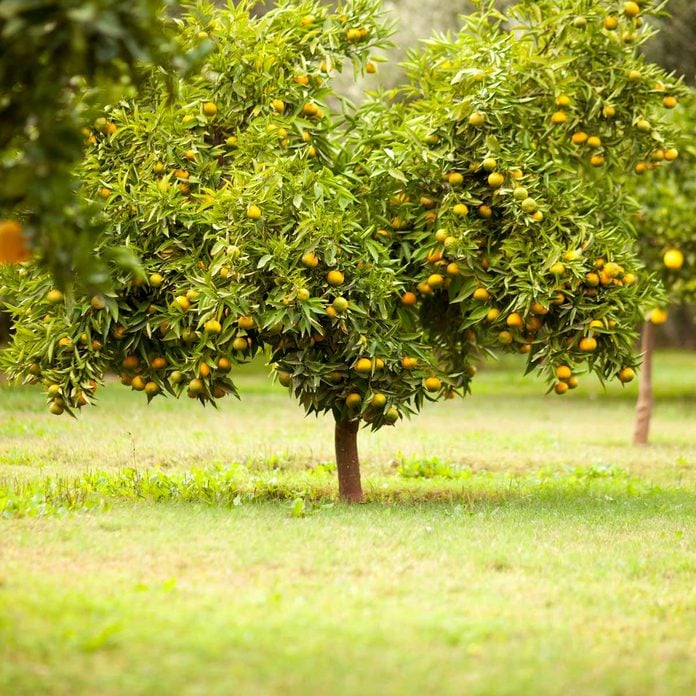
Fruit Trees
Sure, you can walk into the grocery store and toss a bag of nectarines, avocados or Honeycrisp apples into your shopping cart. But wouldn’t it be better if you could walk out your back door and grab a few? A new book, Fruit Trees in Small Spaces by Colby Eierman, describes how to grow fruit trees, care for them and — most importantly — reap the rewards. Best of all, these trees won’t take over your yard. The dwarf options are endless, and some will even flourish in containers.
We’ve suggested one variety for each type of fruit tree. As with any new plant, make sure the one you choose works in your zone and growing conditions. Keep in mind some fruit trees, like apples, require two plants for cross pollination and fruit formation. Stop by your favorite nursery or local extension office to find out which varieties will do best.
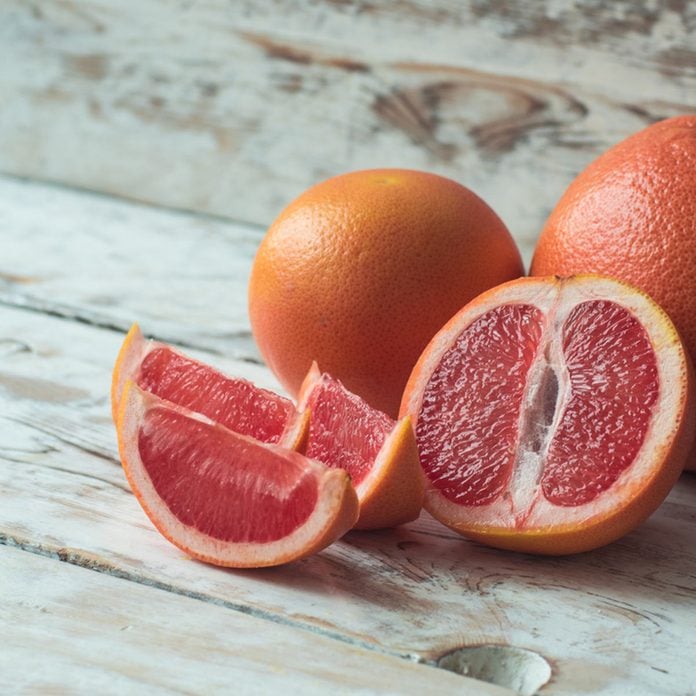
Grapefruit Tree
Try this: The Rio Red bears sweet, seedless grapefruits that are ideal for juice. The dwarf form is perfect for a small space.
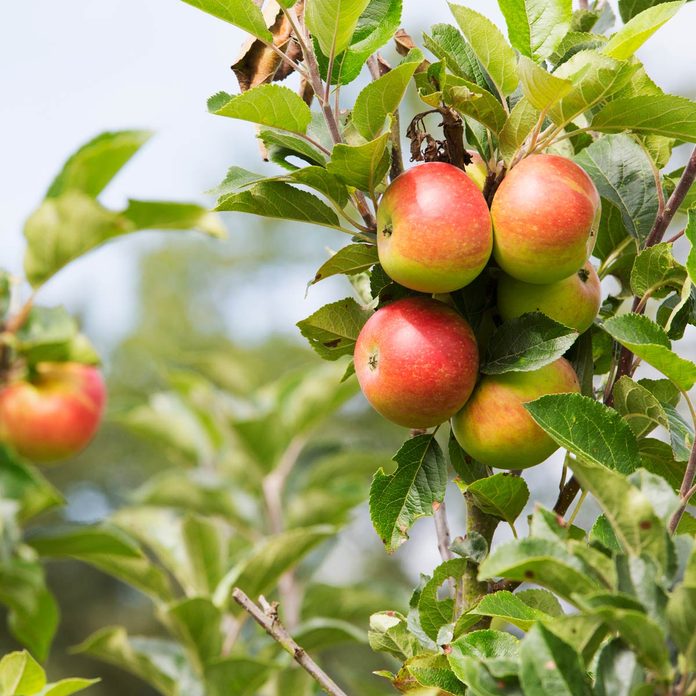
Apple Tree
Try this: You can’t go wrong planting a Honeycrisp. Its sweet, crunchy, medium-size apples are perfect for eating right off the tree.
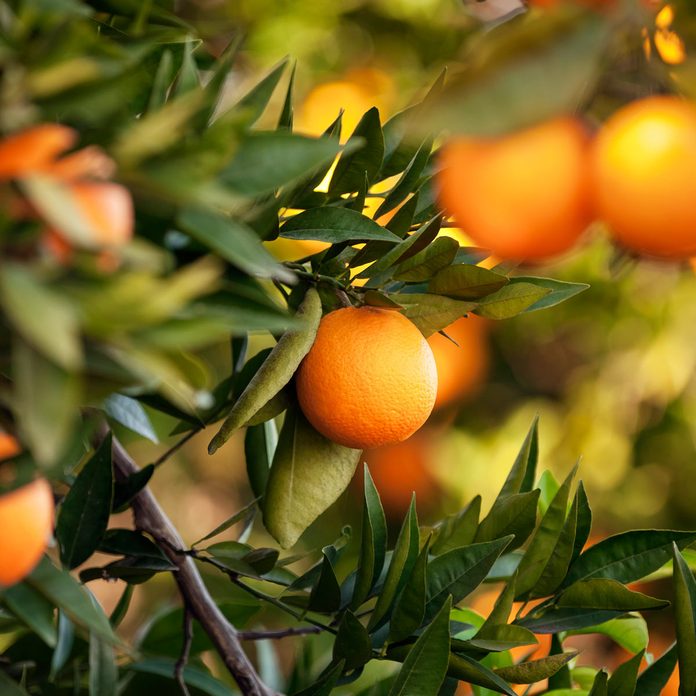
Mandarin Tree
Try this: Satsuma mandarin trees are a popular choice. They will produce large, sweet, easy-to-peel fruit.
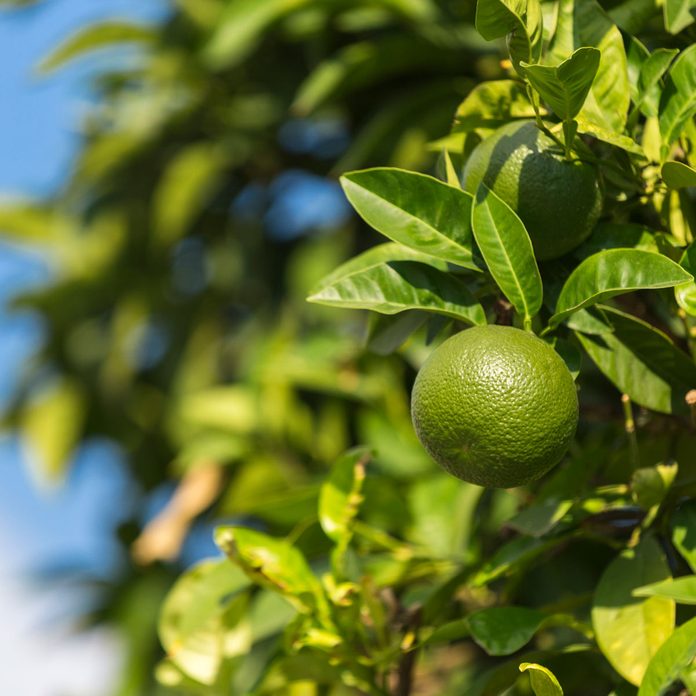
Lime Tree
Try this: Mexican limes, also known as key limes, are more suitable for warm climates. They’re upright trees that will grow up to 15 feet tall.
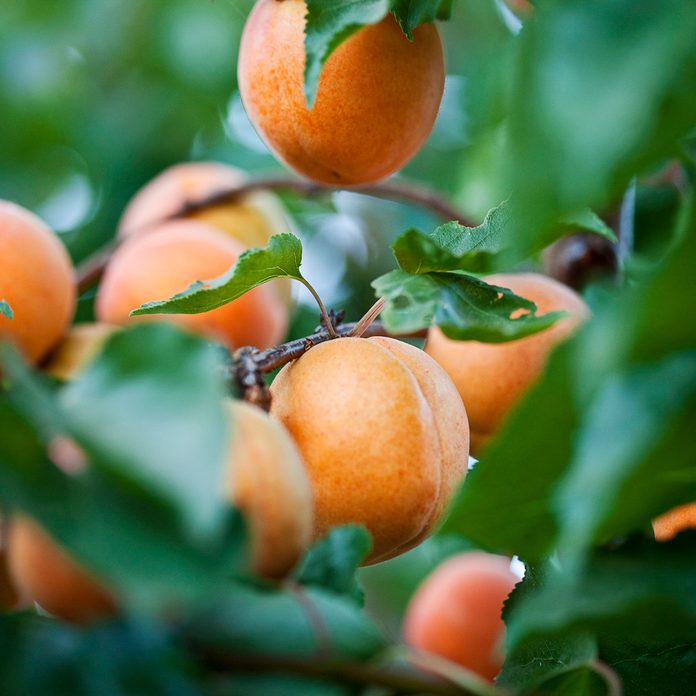
Apricot Tree
Try this: If you’re looking for a sweet apricot, give Goldcot a try. It ripens midseason and is good for colder climates.
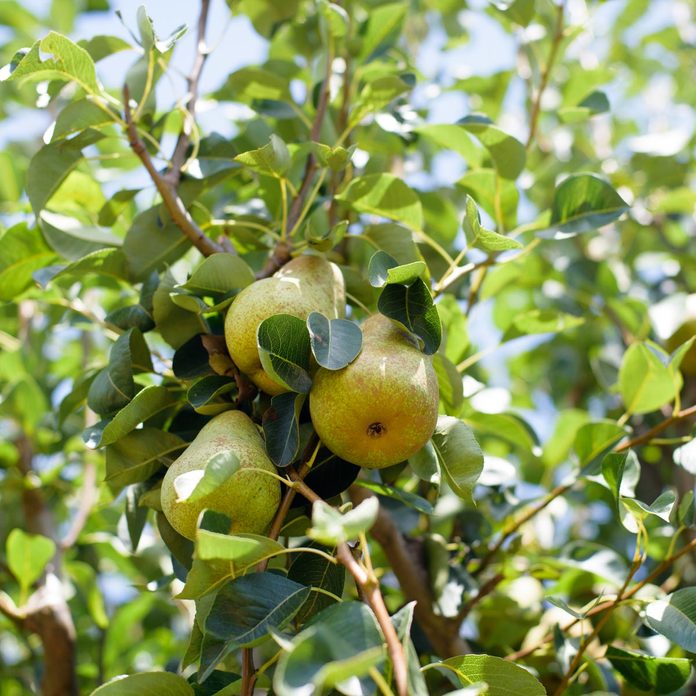
Pear Tree
Try this: Moonglow, a European variety, is a strong grower with flavorful fruit, but it needs to be planted with a pollinator.
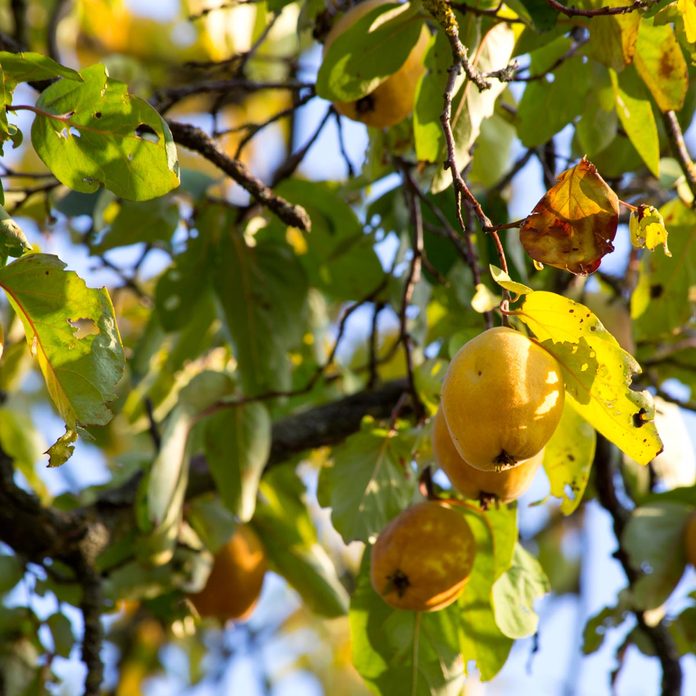
Quince Tree
Try this: It’s not a shock that the Pineapple quince variety has a hint of pineapple when cooked. Be sure to let quinces ripen fully on the tree before picking. Do you like homegrown plants? Check out these tips on how to grow a pineapple plant at home.
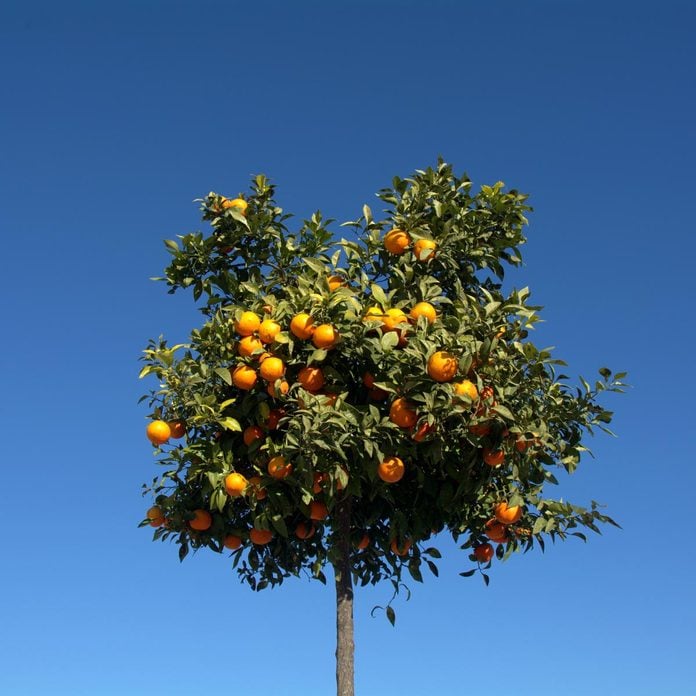
Orange Tree
Try this: The Trovita orange tree produces sweet fruit with outstanding flavor. A versatile grower, it’s good for cooler climates but will also tolerate desert heat.
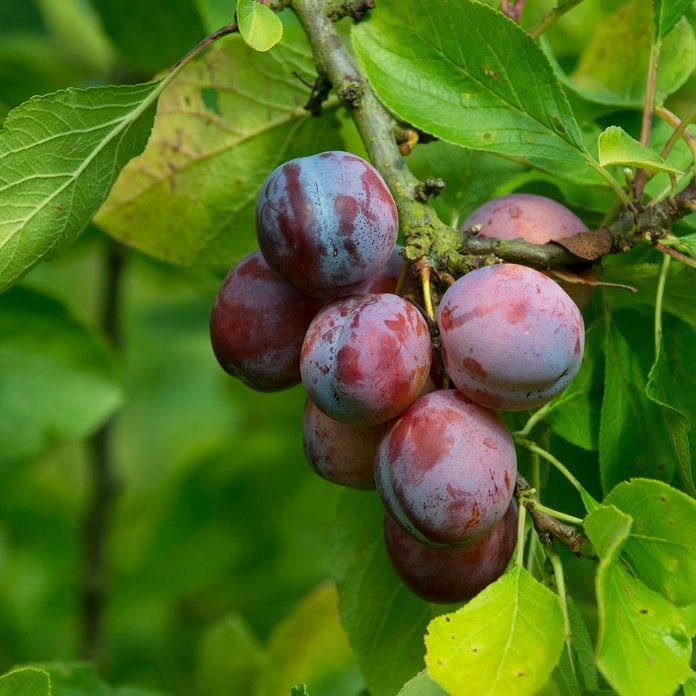
Plum Tree
Try this: The Methley variety has purplish-red skin and a sweet taste. It ripens earlier than other varieties, so you can enjoy the plums early in the season. And it’s pest-resistant.
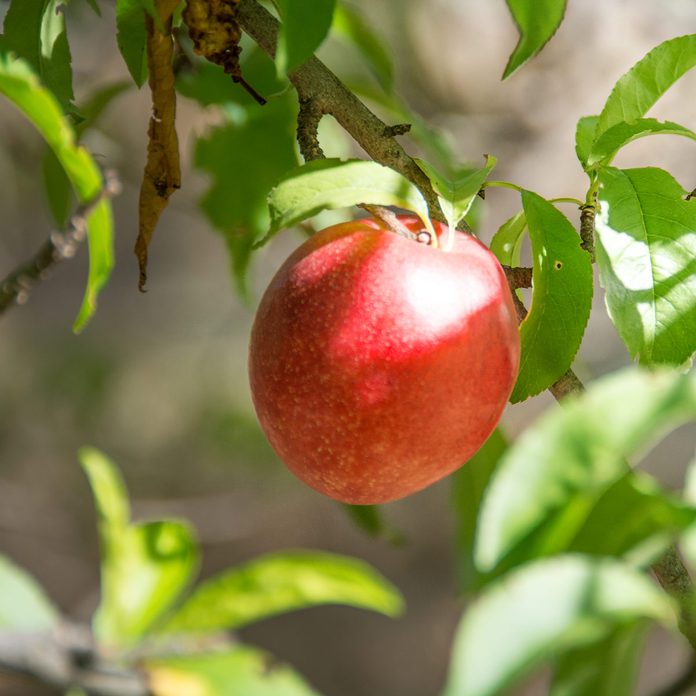
Nectarine Tree
Try this: The super-sweet Fantasia nectarine reaches peak ripeness in midseason. This variety doesn’t require as much chilling as other nectarine trees, but it will still do fine in colder regions.